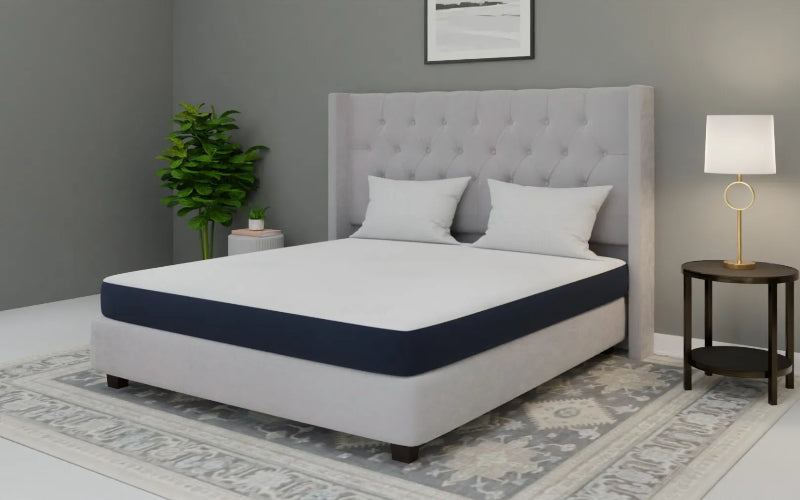Of the many types of foams, memory foam, famous for its pressure-relieving characteristic, is widely used in mattresses and furniture. Manufacturing of this material is not a chaotic process, but rather refined and dependent on science to create comfort and sturdiness. The following article enlightens the reader on how the manufacture of memory foam is done & the uses of this product.
Memory foam has originated and evolved through several decades as a popular living and furnishing material. Memory foam was developed from NASA’s requirement to develop a brand-new type of cushioning in addition to protection in case of a crash. In years it has been introduced to the consumer and widely used in the manufacturing of a memory foam mattress. The adaptation process needed the expertise to enhance density, elasticity, and thermal performance to suit daily wear.
Materials that go into the Making of Memory Foams
The three fundamental basic materials normally used in the production of memory foam include polyurethane, viscosity regulators, and blowing agents. Polyols and diisocyanates create the base of the chemical reaction and the viscoelastic properties that are most famous for memory foam. More properties include flame retardants, colorants, and stabilizers, which promote the functionality of the material and bring it to safety standards.
Chemical Process In Memory Foam
Memory foamness is considered due to its ability to exhibit both viscose and elastic properties. During production, polyols are further reacted with diisocyanates to form a flexible polyurethane foam. This reaction produces heat and carbon dioxide, which forms the needed open-cell structure in the foam that makes it flexible, and responsive. The tight control of this reaction ensures the right density and firmness which is important if the product is to be used in products such as a memory foam mattress.
Memory Foam Manufacturing Process
1. Activities of Mixing and Reacting Raw Materials
During the first step, polyols, diisocyanates, and other accessories are blended in a predetermined ratio out of the total compositions. The use of the machines avoids cases where there might be improper handling of the produce due to the weakness of the human hand. The blend is subjected to heat to catalyze the chemical reaction, giving the finished foam its cellular formation.
2. Expansion and Cooling
When the reaction takes place the mixtures expand because of the production of carbon dioxide. They are engaged to define the density and thickness of the foam, which in this case is expanded. Cooling is an important step in foam production since it fixes the structure and prevents deformities. It also indicates that controlled environments also help the cooling be uniform thus increasing the material’s strength.
3. Curing and Cutting
Foam has to be cured to give its structure the necessary solidity. This stage may take several hours to days depending on the particular demands of the certain product. After curing the foam is then in slabs or sheets depending on the intended function of the product which for instance can range from mattresses made from memory foam or cushions.
Use of Memory Foam Other Than in Mattresses
A memory foam mattress is the most common use but pillows, car seats, and some medically prescribed equipment use this type of foam. Due to its flexibility of shape, it can be especially used for ergonomic purposes. Furthermore, technology has been improved enhancing its usage in the automobile and footwear manufacturing companies.
The History of Memory Foam Manufacturing
Recent inventions and discoveries have been oriented toward improving the fabric’s ability to breathe and control the temperature. For instance, the gel-infused memory foam is created by introducing a cooling feature to counter heat-trapping defects. These developments lay down in giving users more comfort and making a memory foam mattress and the like more versatile.
What’s Going to Happen to Memory Foam Manufacturing?
Memory foam has the potential to expand due to the rising trend of personalized comfort products. Efforts are being made to create different forms of packaging material with biodegradable and hypoallergenic ingredients that can satisfy consumers’ demand for green and healthy products. The use of automation and AI in manufacturing is projected to increase accuracy and effectiveness.
Conclusion
It is in the aspect of the production of memory foam that one can scope the careful synthesis of chemistry, Engineering, and innovation. Starting from its fabric up to its finish, all processes aim to provide users comfort and adaptability in use. Used in a memory foam mattress or other products, this material remains to redefine comfort and support in modern lifestyle solutions.

